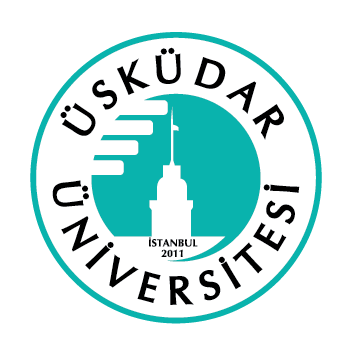Makale
Makale
The Barzakh of Ecstacy
İstiğrakın Berzahı
Miriam Cooke
Yıl 2022, Sayı 2, Sayfalar:17-28
This article examines the ways in which Syrian poet and artist Huda Naamani expresses the inexpressible of ecstasy. In a Sufi epic poem entitled Kitāb al-wajd wa al-tawājud (The Book of Ecstasy and its Indicators), she acknowledges the impossibility of recording the ecstatic experience in words on a page. The only medium open to such a semantic articulation is tawājud or the indicators, feeble linguistic signposts to the ineffable. Beyond tawājud is the wordlessness of the experience of the silence of God. Invoking the Qur’anic term barzakh, a state in which two elements behave as one, she uses sound and color to draw the reader into an experience that cannot be described but only intuited and felt. In her modernist, mystical lyrics she creates the soundscape of dhikr rituals.
Bu makale, Suriyeli şair ve sanatçı Huda Naamani’nin, vecd halinin ifade edilemezliğine yönelik açıklamalarını incelemektedir. Naamani, Kitābü’l vecd ve’t-tevâcüd (Vecd ve Belirtileri Kitabı) başlıklı sufi epik şiirde, vecd tecrübesini, bir sayfaya yazılan kelimelerle ifade etmenin olanaksızlığını doğrular. Böylesi bir semantik söyleyişe açık olan tek mecra, tarif edilmesi mümkün olmayana dair zayıf dilsel işâretler olan tevâcüd yahut belirtilerdir. Tevâcüdün ötesinde, ilâhî sükût tecrübesinin sessizliği bulunmaktadır. Yazar, iki unsurun bir gibi hareket ettiği bir durum olan Kur’ânî terim, berzaha başvurarak, okuyucuyu, tarifi mümkün olmayan ancak sezilip hissedilebilen bir tecrübeye dahil etmek için ses ve rengi kullanır. Naamani, modern, mistik güftelerinde, zikir âyinlerinin akustik ortamını yaratmaktadır.

